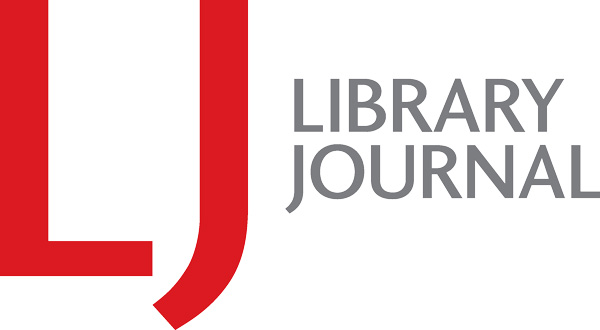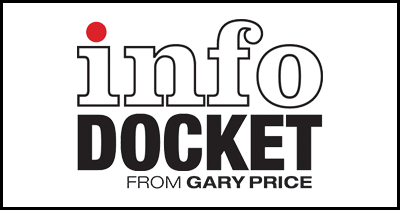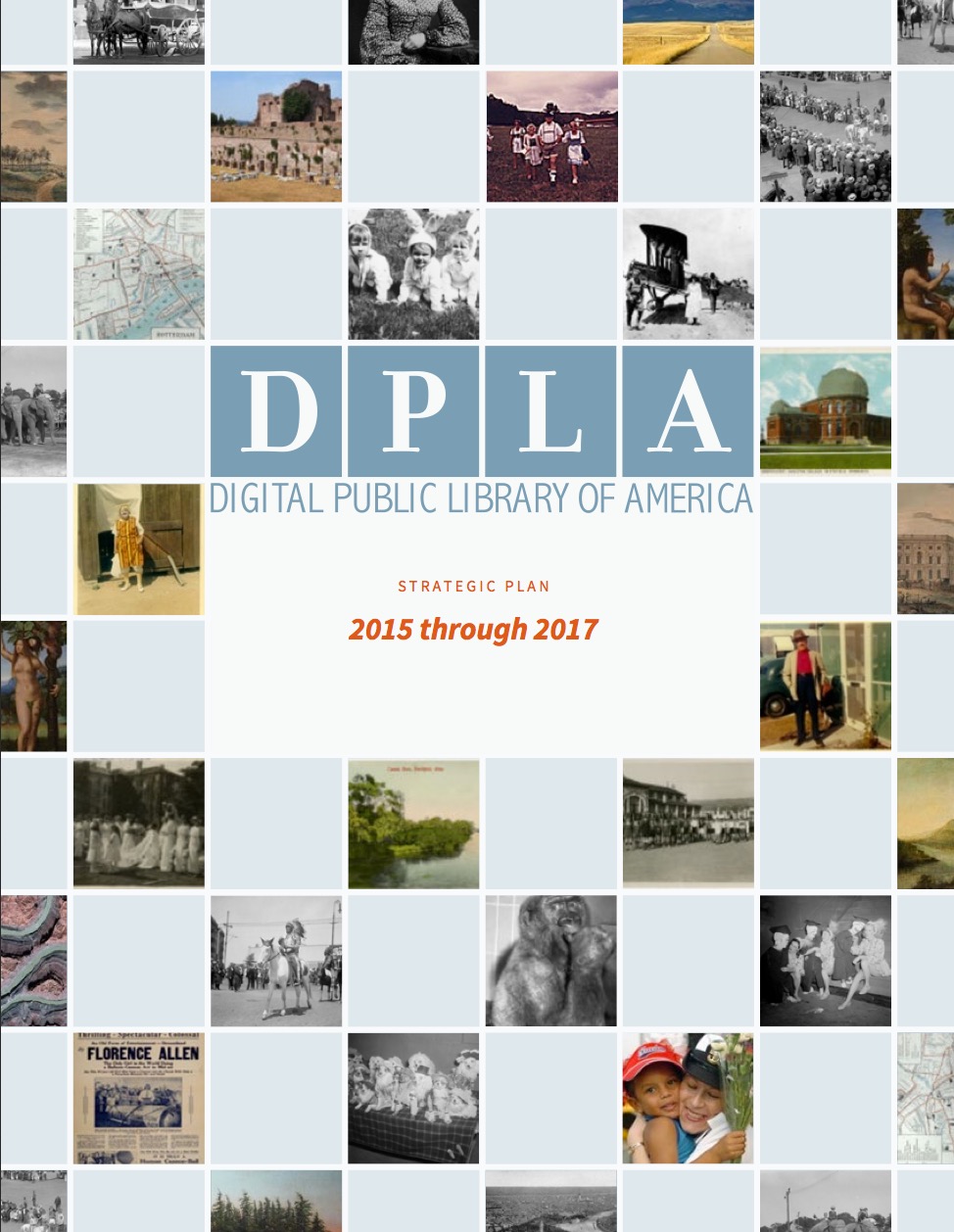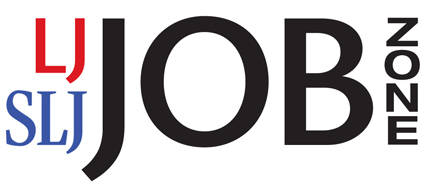Digital Public Library of America (DPLA) Releases New Strategic Plan
Quick Comment From infoDOCKET Editor, Gary Price:
I am very happy to read (page 19. of the plan) that marketing and promotion to expand awareness and use of the DPLA is listed as a “top priority”.
While some people in the library community are aware of DPLA others are not. Of course it’s one thing to be aware of something and something else to have knowledge of what’s already available and how/when it can be used.
More importantly we hope DPLA will do a much better job of letting other potential user groups what’s available and how to use it. Developing a digital resource does not mean people WHO WOULD ACTUALLY FIND IT USEFUL will know about it, use it, and hopefully use it on a repeated basis.
When the project launched it received a notable amount of attention outside of the library community. Since then the amount of non-library media coverage could be better.
Developing an effective marketing and training program going is a huge challenge (perhaps even larger than developing the technology) but a necessary one for DPLA to both be sustainable and grow. In fact, the challenge has grown larger in recent years when many believe that a few resources are all that’s needed. In other words, awareness must be immediately followed with examples of why and how it should be used tailored directly to specific user groups.
We not only want to see DPLA grow stronger in the areas of marketing and promotion but perhaps even become a real-world example of how it can be done for other libraries to learn from.
DPLA has many things going for it. Most importantly it has an all-star team of professionals working on it led by Dan Cohen. We look forward to seeing them continue develop into what we all want it to be.
The New DPLA Strategic Plan
From a News Release/Introduction to the Plan:
The Digital Public Library of America launched on April 18, 2013, less than two years ago. And what a couple of years it has been. From a staff of three people, a starting slate of two million items, and 500 contributing institutions, we are now an organization of 12, with over eight million items from 1,300 contributing institutions. We have materials from all 50 states—and from around the world—in a remarkable 400 languages. Within our collection are millions of books and photographs, maps of all shapes and sizes, material culture and works of art, the products of science and medicine, and rare documents, postcards, and media.
But focusing on these numbers and their growth, while gratifying and a signal DPLA is thriving, is perhaps less important than what the numbers represent. DPLA has always been a community effort, and that community, which became active in the planning phase to support the idea of a noncommercial effort to bring together American libraries, archives, and museums, and to make their content freely available to the world, has strengthened even more since 2013. A truly national network and digital platform is emerging, although we still have much to do. A strong commitment to providing open access to our shared cultural heritage, and a deeply collaborative spirit, is what drives us every day.
Looking back, 2013 was characterized by a start-up mode: hiring staff, getting the site and infrastructure live, and bringing on a first wave of states and collection. 2014 was a year in which we juggled so much: many new hubs, partners, and content, lining up additional future contributors, and beginning to restructure our technology behind the scenes to prepare for an even more expansive collection and network.
Beginning this year, and with the release of our strategic plan for the next three years, the Digital Public Library of America will hit its stride. We encourage you to read the plan to see what’s in store, but also to know that it will require your help and support; so much in the plan is community-driven, and will be done with that same emphasis on widespread and productive collaboration.
We will be systematically putting in place what will be needed to ensure that there’s an on-ramp to the DPLA for every collection in the United States, in every state. We call this “completing the map,” or making sure that we have a DPLA service hub available to every library, archive, museum, and cultural heritage site that wishes to get their materials online and described in such a way as to be broadly discoverable. We also plan to make special efforts around certain content types—areas where there are gaps in our collection, or where we feel DPLA can make a difference as an agent of discovery and serendipity.
We have already begun to make some major technical improvements that will make ingesting content and managing metadata even better. This initiative will accelerate and be shared with our network. Moreover, we will make a major effort in the coming years to make sure that our valuable unified collection reaches every classroom, civic institution, and audience, to educate, inform, and delight.
There’s a lot to do. We just put a big pot of coffee on. Please join us for this next phase of rapid growth and communal effort!
You can find the full text of the new strategic plan for 2015-2017 here (26 pages; PDF).
Filed under: Archives and Special Collections, Libraries, Maps, News, Open Access, Public Libraries, Resources
About Gary Price
Gary Price (gprice@gmail.com) is a librarian, writer, consultant, and frequent conference speaker based in the Washington D.C. metro area. He earned his MLIS degree from Wayne State University in Detroit. Price has won several awards including the SLA Innovations in Technology Award and Alumnus of the Year from the Wayne St. University Library and Information Science Program. From 2006-2009 he was Director of Online Information Services at Ask.com.



